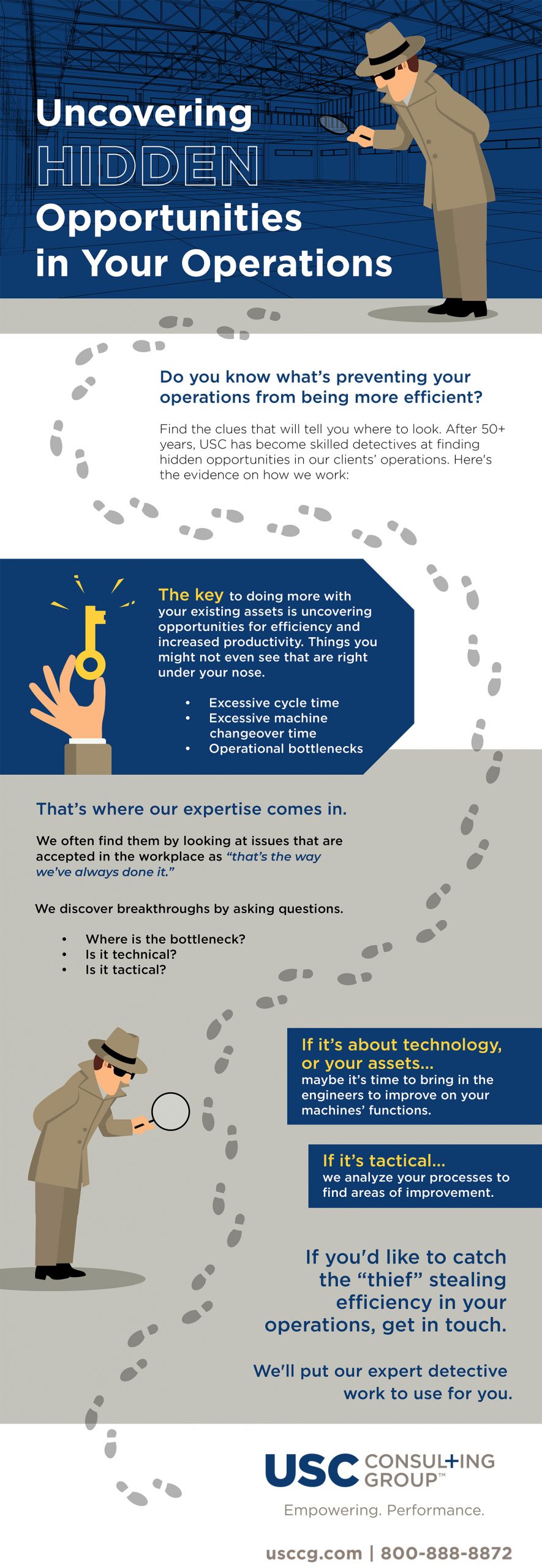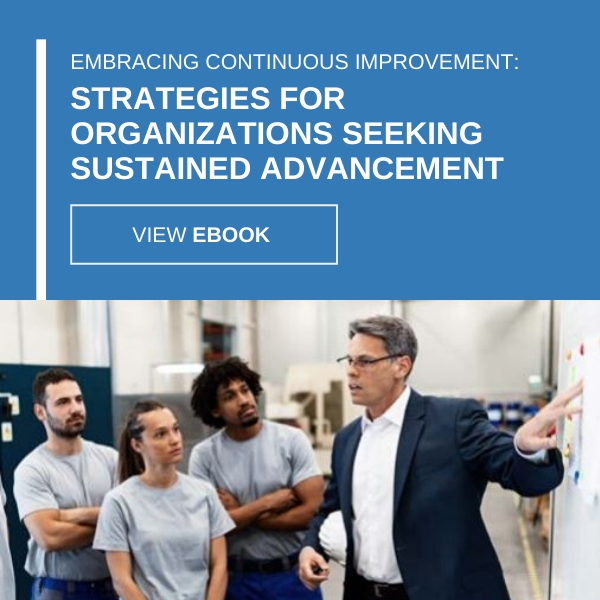-
Subscribe to Blog:
SEARCH THE BLOG
CATEGORIES
- Aerospace
- Asset Maintenance
- Automotive
- Blog
- Building Products
- Case Studies
- Chemical Processing
- Consulting
- Food & Beverage
- Forestry Products
- Hospitals & Healthcare
- Knowledge Transfer
- Lean Manufacturing
- Life Sciences
- Logistics
- Manufacturing
- Material Utilization
- Metals
- Mining
- News
- Office Politics
- Oil & Gas
- Plastics
- Private Equity
- Process Improvement
- Project Management
- Spend Management
- Supply Chain
- Uncategorized
- Utilities
- Whitepapers
BLOG ARCHIVES
- September 2025 (1)
- August 2025 (2)
- July 2025 (2)
- June 2025 (4)
- May 2025 (1)
- April 2025 (1)
- March 2025 (1)
- February 2025 (4)
- January 2025 (4)
- December 2024 (4)
- November 2024 (2)
- October 2024 (6)
- September 2024 (5)
- August 2024 (5)
- July 2024 (6)
- June 2024 (3)
- May 2024 (3)
- April 2024 (4)
- March 2024 (3)
- February 2024 (4)
- January 2024 (5)
- December 2023 (2)
- November 2023 (1)
- October 2023 (6)
- September 2023 (3)
- August 2023 (4)
- July 2023 (2)
- June 2023 (3)
- May 2023 (7)
- April 2023 (3)
- March 2023 (3)
- February 2023 (5)
- January 2023 (6)
- December 2022 (2)
- November 2022 (5)
- October 2022 (5)
- September 2022 (5)
- August 2022 (6)
- July 2022 (3)
- June 2022 (4)
- May 2022 (5)
- April 2022 (3)
- March 2022 (5)
- February 2022 (4)
- January 2022 (7)
- December 2021 (3)
- November 2021 (5)
- October 2021 (3)
- September 2021 (2)
- August 2021 (6)
- July 2021 (2)
- June 2021 (10)
- May 2021 (4)
- April 2021 (5)
- March 2021 (5)
- February 2021 (3)
- January 2021 (4)
- December 2020 (3)
- November 2020 (3)
- October 2020 (3)
- September 2020 (3)
- August 2020 (4)
- July 2020 (3)
- June 2020 (5)
- May 2020 (3)
- April 2020 (3)
- March 2020 (4)
- February 2020 (4)
- January 2020 (4)
- December 2019 (3)
- November 2019 (2)
- October 2019 (4)
- September 2019 (2)
- August 2019 (4)
- July 2019 (3)
- June 2019 (4)
- May 2019 (2)
- April 2019 (4)
- March 2019 (4)
- February 2019 (5)
- January 2019 (5)
- December 2018 (2)
- November 2018 (2)
- October 2018 (5)
- September 2018 (4)
- August 2018 (3)
- July 2018 (2)
- June 2018 (4)
- May 2018 (3)
- April 2018 (3)
- March 2018 (2)
- February 2018 (2)
- January 2018 (1)
- December 2017 (1)
- November 2017 (2)
- October 2017 (2)
- September 2017 (1)
- August 2017 (2)
- July 2017 (2)
- June 2017 (1)
- April 2017 (3)
- March 2017 (3)
- February 2017 (2)
- January 2017 (2)
- December 2016 (2)
- November 2016 (4)
- October 2016 (4)
- September 2016 (3)
- August 2016 (6)
- July 2016 (4)
- June 2016 (4)
- May 2016 (1)
- April 2016 (3)
- March 2016 (4)
- February 2016 (2)
- January 2016 (4)
- December 2015 (3)
- November 2015 (3)
- October 2015 (1)
- September 2015 (1)
- August 2015 (4)
- July 2015 (6)
- June 2015 (4)
- May 2015 (7)
- April 2015 (6)
- March 2015 (6)
- February 2015 (4)
- January 2015 (3)
CONNECT WITH US
Tag Archives: Productivity
Factors ranging from the weather to celebrities’ social media posts can spur the public’s demand for particular products. Those spikes can cause supply chain constraints company leaders aim to avoid. It is better when corporate teams can predict what people will want and get those products far enough in advance to cater to everyone wishing to buy them. To achieve this, businesses are using AI to strengthen their supply chains. Here’s how…
Managing Demand While Selling Diverse Product Assortments
Demand planning is especially complicated when retailers sell huge varieties of goods within a large category. Such was the case with one of Canada’s largest electronics retailers. People go there to purchase everything from phone chargers to televisions.
However, the demand for those two examples is very different. Many consumers buy several phone chargers per year, such as if they want one for each main room in a home or have forgotten to pack the item before going on a trip. However, most TVs last several years, and people only buy them once the ones they have break or otherwise no longer meet their needs. Plus, many shoppers are more likely to buy those big-ticket items during the holiday season than at other times.
The Canadian retailer uses AI and machine learning technologies to get data-driven demand insights that shape inventory and supply-chain-related decisions. Its leaders have already noticed several benefits. For example, demand planning has become more automated, and those involved can receive detailed reports highlighting potential business risks and impacts.
Additionally, supply chain employees can address slow-moving inventory, plan more enticing promotional offers and reduce stockouts. Another aspect of the AI solution evaluates various supply chain scenarios and gives prescriptive recommendations to prevent unwanted consequences. These examples show how AI can support workers in their roles and increase productivity.
A common misconception about AI is that it will replace human staff. One study found job loss from automation and other advanced technologies was a worry for 42% of respondents. However, besides assisting them with the tasks they already know, artificial intelligence can expand their skills, encouraging them to use new platforms and tools that make demand planning easier.
Streamlining Demand Planning Processes for Better Productivity
Demand planning processes vary depending on what the brand sells, the size of its supplier network, its budget and more. However, no matter how organizations handle them currently, AI can pinpoint opportunities to streamline the work for better overall outcomes.
One example comes from a multinational consumer goods enterprise offering diapers, detergent, personal grooming products and other household staples. Leaders hoped to improve current demand planning by bringing artificial intelligence into the workflow. Initial data inputs for the project included bill-of-materials information for 5,000 products and 22,000 components. Additionally, users imported various types of supporting supply chain details into the system, including specifics about vendors, warehouses and manufacturing plants.
The technology then compiles all that information to give real-time or trend-based insights. Besides providing live inventory data, the AI product can generate supply projection reports that indicate future needs while highlighting possible supply chain disruptions. Knowing about potential issues sooner gives employees the information to act confidently and prevent or mitigate those problems.
The tool was also a significant productivity booster for the consumer goods firm. For example, supply chain queries used to take more than two hours to complete but now occur immediately. Additionally, although it formerly needed more than 10 people to verify the data, the technology can do that without human oversight. Such improvements substantiate studies showing AI can make people 20%-45% more productive depending on various factors.
Running Supply Chain Simulations Before Key Events
Even though some periods of increased demand are impossible to predict, most supply chain managers can anticipate others with near certainty. For example, Black Friday is one of the biggest shopping days of the year in the United States. Additionally, late summer drives sales of bedding sets, reasonably priced furniture and school supplies as students prepare for college.
Demand planning is essential for giving supply chain professionals the necessary information to source and move the products customers will want most during those hectic periods. Since artificial intelligence can process large quantities of information quickly, users could feed details such as social media mentions, customer service email or chat data, and sales figures into tools to determine which factors make some products more or less desirable.
The leaders of one multinational American retailer used AI to determine what customers would want before Black Friday arrived. The goal was to learn those details before shoppers even consciously expressed a desire to buy specific items. While using the artificial intelligence platform, retail staff entered data about shopping and customer trends, seasonal factors and more. The resulting output steered supply chain decisions and helped address issues that might ordinarily cause Black Friday disruptions.
The retailer has also added AI to its daily supply chain workflows, relying on the technology to anticipate demand cycles and unexpected traffic peaks. Some businesses use complementing technologies such as digital twins to get similar results. These tools enable people to predict bottlenecks and investigate potential actions before pursuing them in real life.
Making Demand Planning More Manageable
Demand planning is tricky and requires a thoughtful approach from people who combine their expertise with trustworthy data. However, these examples show how purposeful AI applications can assist with this all-important aspect of supply chain operations, increasing the likelihood of satisfied customers and profit.
*This article is written by Jack Shaw. Jack is a seasoned automotive industry writer with over six years of experience. As the senior writer for Modded, he combines his passion for vehicles, manufacturing and technology with his expertise to deliver engaging content that resonates with enthusiasts worldwide.
After 50+ years in the operations management consulting business, USC has become skilled detectives at finding hidden opportunities in our clients’ operations. Here’s the evidence on how we uncover more throughput and production in your operations:
The key to doing more with your existing assets is uncovering opportunities for efficiency and increased productivity. Things you might not even see that are right under your nose.
- Excessive cycle time
- Excessive machine changeover time
- Operational bottlenecks
That’s where our expertise comes in. We often find them by looking at issues that are accepted in the workplace as “that’s the way we’ve always done it.”
We discover breakthroughs by asking questions.
- Where is the bottleneck?
- Is it technical?
- Is it tactical?
If it’s about technology, or your assets, maybe it’s time to bring in the engineers to improve on your machines’ functions.
If it’s tactical, we analyze your processes to find areas of improvement.
Follow the footsteps in the accompanying infographic as Detective Payne points out the areas of interests you want to focus your magnifying glass on.
If you’d like to catch the “thief” stealing efficiency in your operations, contact us today. We’ll put our expert detective work to use for you.
Do you know what’s preventing your operations from being more efficient? Find the clues that will tell you where to look. The key to doing more with your existing assets is uncovering hidden opportunities for efficiency and increased productivity. Things you might not even see that are right under your nose.
That’s where USC Consulting Group’s expertise comes in. After 50+ years, we’ve become skilled detectives. Uncovering those hidden opportunities is our specialty. We often find them by looking at issues that are accepted in the workplace as “That’s the way we’ve always done it.”
We uncover hidden efficiencies by asking questions:
- Where is the bottleneck?
- Is it technical?
- Is it tactical?
If it’s about technology, or your assets, maybe it’s time to bring in the engineers to improve on your machines’ functions.
If it’s tactical, we look at your processes to find areas of improvement.
For more on how the subject matter experts at USC Consulting Group detect inefficiencies in our clients’ operations, watch as Detective Payne points the way:
If you’d like to find more efficiency in your operations, get in touch. We’ll put our expert detective work to use for you.
It is easy to imagine that in a company’s history there would be a few monumental events that occur. Milestones that transcend a company to a higher status of acclaim and importance to empower performance. Major milestones of this caliber have been aplenty for USC Consulting Group during its 50-plus year heritage.
With such an extended inventory of highlights, the challenge is being able to narrow them down to a list of the top ones. From pivotal leadership to company expansion, here is USC Consulting Group’s journey of helping clients empower their operating performance through positive, impactful change.
- May 1968: Pat Price and Tom Rice found Universal Scheduling Corporation (USC) in Bala Cynwyd, Pennsylvania. Price becomes the company’s first President and CEO.
- 1970s: USC experiences early success, achieving 100 authorizations in just four years. The company expands into other industries outside manufacturing, including mining and aircraft and railroad maintenance, and begins offering additional services.
- 1975: USC becomes a partnership, relaunching as Universal Scheduling Company, and opens a new office in Chicago.
- 1980s: USC integrates technology into its improvement techniques and distributes computers to each project. The business develops international clientele as a result, continuing to grow through strong leadership before opening an office in Toronto.
- 1990s: USC makes like the Michael Jordan-led Chicago Bulls and achieves five consecutive record-breaking years. The company then closes out the decade by opening a new office in Tampa, which would become its new headquarters in 2003.
- 2001: USC rebrands as USC Consulting Group – an ode to its expanding service offerings, which far surpass scheduling.
- 2005: USCCG develops its patented Lean Information Control System software (LINCS), which generates real-time mechanical and process data.
- 2018: USCCG celebrates its 50th anniversary May 22.
- Today: USCCG functions as one of the most well-respected operations management consulting firms – an organization that puts people and processes first to empower performance.
Contact us today to discuss your current state of affairs and how USC can help establish your legacy within your company’s history.
Empowering. Performance.
Separately, the two words embrace strength and determination. However, together they embody the passion and promise one company has for its clients. The company is USC Consulting Group. The commitment is to partner with businesses around the globe, helping them to reach their highest potential by driving operating excellence throughout the entire supply chain while improving financial performance.
It all started in 1968 when two audacious management consultants, Pat Price and Tom Rice, had a vision: to create a better consulting experience for customers and employees. And with that, Universal Scheduling Corporation (USC) was born.
From the start, the goal was to establish a company that helped clients improve productivity and efficiency through positive, impactful change while delivering pronounced ROI. USC instituted two principle forces:
- Shareholder Value Improvement, through evolving methodologies and internal technologies that would adapt with an ever-changing environment.
- Stakeholder Enrichment, by crafting improved outcomes with USC’s support.
Over the last 50-plus years, USC has grown with changing business conditions, but our commitment remains the same: to empower your people and processes with the tools and techniques that drive optimal performance.
Today, our full-time, seasoned professionals work side-by-side with your team to develop and implement a highly-detailed, complete strategy plan for improvement to ensure sustainability for years to come.
Contact us today to learn more about our rich heritage and how we can put 50-plus years of operational expertise to work by empowering your team’s performance.








